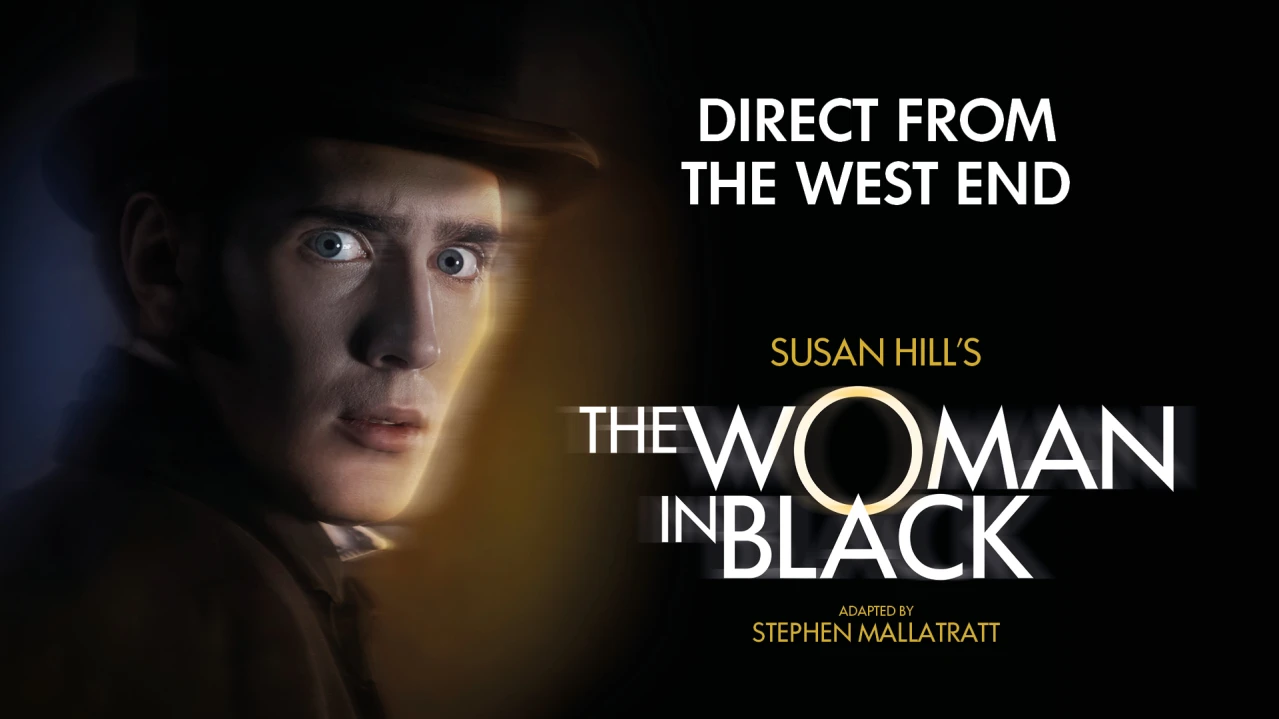Yesterday evening I had the pleasure of attending the opening night of Susan Hill’s classic The Woman in Black at the charming York Grand Opera House. Tucked away just off Clifford Street, the night got off to a good start as I was by myself.
If you have ever read or watched The Woman in Black before you’ll know this is not the smartest idea, but I survived, a testament to my slow reaction time to jump scares and a lack of asthma (there was enough dry ice to set the fire alarms off).
In this play-within-a-play adaptation, the performances themselves were slick, though Malcolm James who played the ‘real’ Mr Kipps particularly shone in his ability to instantly change characters and go along with the complex task of recreating his horrific experiences on stage whilst playing all the other characters beside himself.
A good amount of chemistry existed between both the lead characters – which was much needed as the whole thing was basically a two man show (Woman in Black excluded). However, it did seem that the opening scene, consisting of real Mr Kipps delivering his story in the most monotonous tone, could have been cut a bit shorter or pacing could have been altered to achieve the same effect and induce more involuntary laughter from the audience.
Director Robin Herford clearly chose sparsity when it came to staging for the most part, as the only props used were a clothing rail, a chair, and a wicker chest. The latter was impressive in its dynamism, going from being exactly that, a wicker chest, to being a desk, a seat on a train, Mrs Drablow’s box of disturbing documents, a bed, and even the trap behind a horse.
However, when it came to the wicker box, particularly when it served the function of the horse and trap, I think more thoughtful placement, use of lighting (or darkness), and exaggerated motion would have helped create a more convincing effect. Near the end, when the darkness was embraced fully, we really saw the full effect of that famed (and pretentious) word chiaroscuro, but that interplay between light and dark was sadly virtually absent in the first half.
A real asset to this performance though was the back illuminated screen, behind which Mr Kipps’ performer (played by Jon de Ville), disappeared behind, creating a disorienting barrier between us and the performer, a feeling that we had lost autonomy and anything could happen.
Of course, things did indeed happen, from the iconic blood-curdling scream to a creaky rocking chair and a lost (though imaginary) dog, ‘Spider’.
It seemed that in the last half only the screen was used to its full effect, creating disturbing depth with objects in forestage silhouetted and rising up like phantoms as Kipps shakily navigated circuitously up staircases and rattled through back rooms of the haunted estate.
Another thing of note was the use of recorded sound. Though at times this worked very effectively (as, I imagine, it always does in this show), transporting us to Victorian streets and into chugging train carriages, at other points its artifice was exposed and made the whole thing less believable. The Woman in Black’s footsteps for instance were slightly out of time with the superimposed recorded sound and, dare I say it, her scream would have been better live. Sometimes it is worth taking the risk of mic-ing up a demon – particularly when you want not only a jump scare but coming from a real mouth rather than a tinny speaker in front of you (or even more jarring) behind you.
All in all, the show was entertaining, and an enjoyable trip out that flitted between funny and the disturbing, all whilst pleasing the crowd and utilising clever staging.
